Grain bags have come a long way in a decade. No longer an emergency measure, bagging is now standard on many farms. Three factors pushed grain bags into the mainstream of prairie farming: expanding farm size means producers are growing grain further from their main yards, often on leased or unserviced land, where many growers […] Read more
Stories by Ron Lyseng
Not big on bagging
Not everyone is big on bagging. Some growers think their money is better invested in long-term steel bins rather than temporary plastic that becomes a liability once the bag is empty. Ten years ago, farmers were skeptical about storing grain in these new plastic bags. At that time, one of the biggest suppliers of steel […] Read more
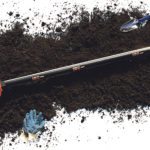
Wireless real-time NPK readings from your field
Automated warning system provides alerts in emergency situations
Real-time 24/7 NPK data from the field can help fine-tune your fertility program. Wireless soil sensors relay critical information you can use to reduce waste and boost yields. The Teralytic probe is a metre-long, battery-powered device a farmer shoves into the earth. The shaft contains 26 sensors that measure localized subterranean moisture, salinity, nitrate, potassium, […] Read more
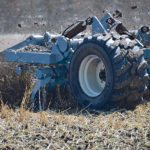
Kinze continues tuning its tillage tools
Mach Till cuts and throws soil at an angle to avoid creating a smear or compaction lay
Tillage technology continues to evolve as farmers move toward precisely controlled cultivation. That process took another step forward when Kinze introduced four new devices, spotlighting hybrid horizontal tillage. Vertical tillage was the big buzzword in field preparation a decade ago. Although most manufacturers still build vertical tillage machines, hybrid horizontal tillage is the latest step […] Read more
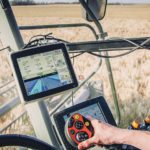
Green guidance on off-color combines
Move your Greenstar to the red, yellow, blue, orange or purple implement of your liking
Tt’s not unusual to see a prairie farmyard with mainly green implements, and then combines in other colours contrasting with the other machines. The farmer with the mismatched combines is probably cursing because he can’t get his favourite combine GPS to communicate with his trusty Greenstar Starfire. That’s the situation in which Johannes Heupel was […] Read more
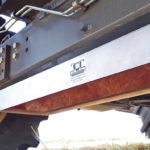
Magnet solves old drop pan problem
Move BushelPlus from one combine to another in a matter of seconds
BRANDON — Grain loss monitors don’t document how many bushels end up on the ground. Conventional drop pans are a nuisance and dangerous. The BushelPlus magnetic drop pan addresses those issues. If checking combine losses was convenient, farmers would do it. But it isn’t, so they don’t, according to Marcel Kringe of BushelPlus in Brandon. […] Read more
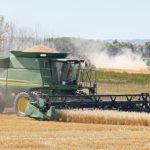
Dr. Harvest makes field calls to solve harvesting problems
BRANDON — Martin Reichelt, a.k.a. Doctor Harvest, is an engineer who specializes in fine-tuning combines. Although he lives in Germany, he travels to Canada whenever his list of patients merits. Reichelt was at Manitoba AgDays this winter, working with the BushelPlus company at its display. “I make the trip to Canada a couple times a […] Read more
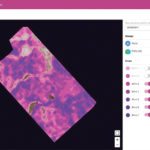
Spray canola? Not spray canola? Consider key factors
Your canola is just beginning to flower. Conditions for sclerotinia have been marginal. Do you spray or not spray? Or wait to see and maybe miss the window altogether? There are several factors to consider: It’s input money down the tube if you worry yourself into spraying when you don’t need to. It means less […] Read more
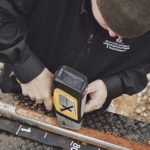
The 60-second soil test is here — finally
Waiting two weeks for soil sample results sometimes just isn’t good enough, especially if you’re a producer, agronomist or researcher troubleshooting an elusive problem like salinity. There are times when immediate on-site soil test results can be irreplaceable in solving these problems. That’s the opinion of most researchers, including David Weindorf of the plant and […] Read more
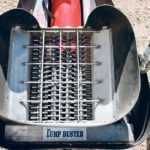
Bustin’ up lumpy granular to make it flow
Solid lumps found in granular fertilizer are more than just a nuisance. They cost time and money. Those really big heavy lumps waste hours if you try to bust them up. They waste both hours and dollars if you haul them to the landfill or bury them. Medium size lumps can jam up an auger. […] Read more




